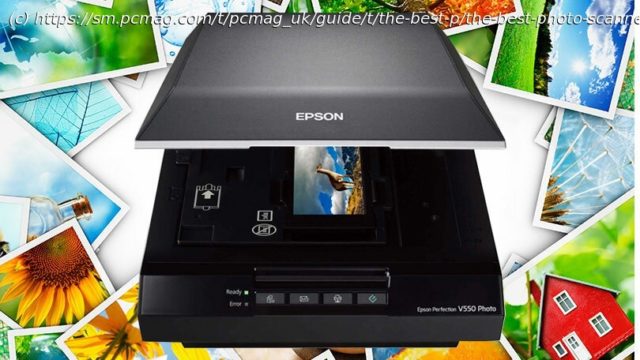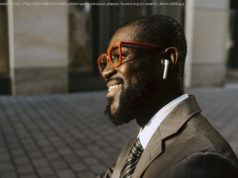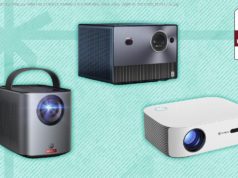Time to convert your snapshots, slides, and negatives to digital format? Get the job done quickly with the right photo scanner. Here are the top performers in our testing, along with our deep-dive reviews.
Both photo buffs and family archivists often turn to photo scanners to digitize their prints and film. Photo scanners are set apart by features such as a high sensor resolution and the ability to scan transparencies (slides and negatives) in addition to photo prints. Many include software to help retouch scans and remove scratches.
Though built to handle photos, most photo scanners can also be used for general-purpose scanning, and some include optical character recognition (OCR) software for digitizing the occasional document. This is a niche segment of the hardware market; you’ll see relatively few dedicated photo scanners on the market, and they tend to have very long shelf lives. (As you peruse and click on our models summed up above and below, you’ll note that many were reviewed years ago. Yes, they’re still the current models.) Check out summaries of our still-current favorites below, followed by a guide to choosing the right model for you, and then a detailed spec table of all our recommended models.
A few photo scanners are sheetfeeders, specializing in snapshot-size prints. But one feature shared by most „true“ photo scanners is a flatbed design. In these scanner designs, you lift a lid to expose a glass platen, onto which you place the image to be scanned. A key differentiator between models is the platen size; most are letter-size (8.5 by 11 inches) or legal-size (8.5 by 14 inches). You’ll want to be cognizant of that spec depending on the size of what originals you will tend to scan.
We strongly urge you to avoid making a habit of scanning photos (or any delicate originals, for that matter) through „any old“ sheetfed document scanner, whether it’s a standalone model or one built into a multifunction or all-in-one printer (more on that in a moment).






